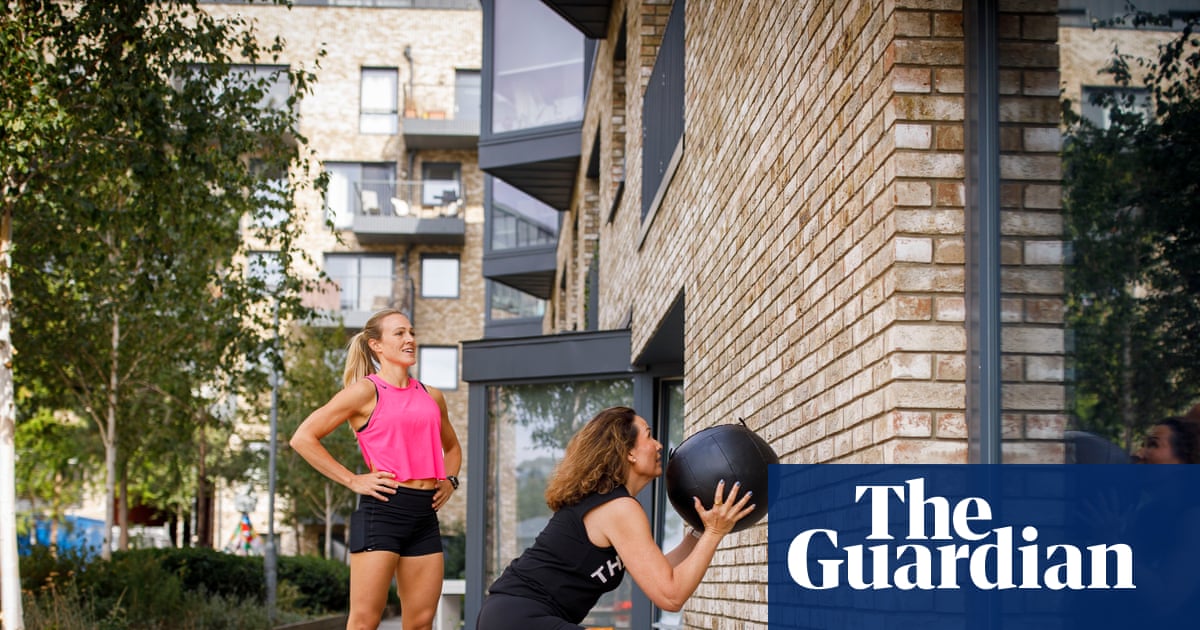
"More gym-goers are signing up for fitness competitions, ranging from obstacle courses to high intensity competitions and races, which combine cardiovascular exercise and strength training. Experts say the boom is driven by younger generations seeking connection as much as competition, with many of these workout devotees belonging to online fitness tribes of amateur athletes of all sizes and shapes. Women are entering events once dominated by men, while over-45s are signing up in increasing numbers."
"One such discipline is Hyrox, a blood-pumping sequence of exercises involving a broken up 8km run with a functional workout station such as rowing, pushing a sled or throwing a ball, after every kilometre. Participation has increased from approximately 175,000 athletes worldwide between 2023 and 2024, to over 650,000 from 2024 to 2025 making it one of the fastest growing global sports. Organisers aim to hit one million by 2026."
"The popularity of the events hints at at a universal appeal, but the cost of becoming a Hyrox athlete is not cheap: a race now typically costs over 100, with travel, accommodation, and kit pushing expenses higher if you do it abroad. Critics say it makes the sport accessible mainly to those with disposable income. And for those who win a place at the world championships, it usually means travelling abroad as well."
High-intensity fitness competitions are replacing solitary jogging, combining cardiovascular exercise and strength training in obstacle courses, races and functional events. Younger generations often drive the boom, seeking connection through online fitness tribes of amateur athletes across sizes and shapes. Women and over-45s are increasingly competing in events once dominated by men. Hyrox exemplifies the trend with a broken up 8km run and functional workout stations after every kilometre. Global Hyrox participation rose from about 175,000 (2023–24) to over 650,000 (2024–25), with organisers targeting one million by 2026. UK participation jumped from 7,400 (2021–22) to over 97,000, with sold-out events. Rising entry fees, travel, accommodation and kit create financial barriers and limit accessibility. Events also offer recognition through podiums and championships.
Read at www.theguardian.com
Unable to calculate read time
Collection
[
|
...
]